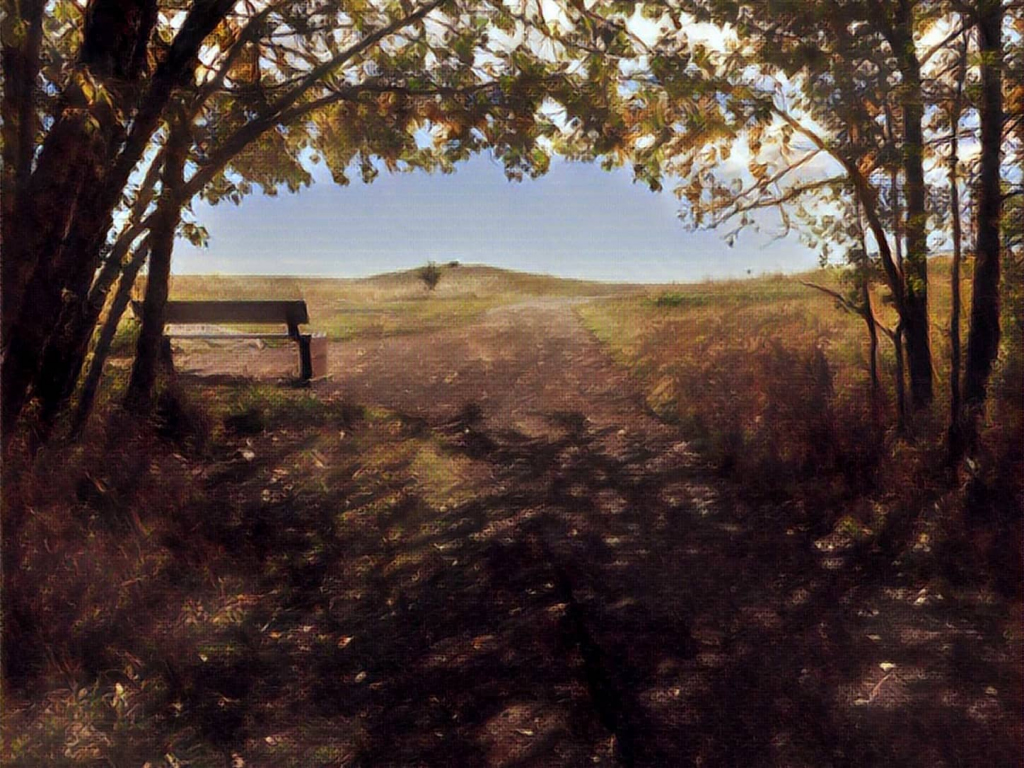According to the Oxford Dictionary, there were an estimated 170,000 words in use in the English language 30 years ago. It’s said that the average anglophone knows 1/17th of them. Wondering how many words there are in Japanese? It’s hard to say. Being an agglutinative language that borrows words from English, German and French, among others, and with slang that’s created and forgotten in the blink of an eye, there’s no sure way to quantify. In this series, we dive deeper into the etymology and meaning of Japanese words that have no equivalent in the English language.
Komorebi
When you think about summer, what’s the first thing that comes to mind? For me, it’s the sunlight, however bright and hot, hitting from every angle. Lying in the shade, and seeing the few streaks of light hitting the grass through the branches of a leafy tree, that’s the perfect place to be during the Japanese summer. And the Japanese language has a word for that: komorebi.
I was excited to write about this word because it’s so unique and fun. Truly the perfect example of an untranslatable expression. I was also, however, shocked at how little information on its history I could find on the internet. This was hard to believe because komorebi (木漏れ日 in kanji) is such a popular word to throw into Japanese pop songs, whether it’s GeG’s I Gotta Go, which was released early this year, or Showa Era idol Momoe Yamaguchi’s Komorebi.
Looking at its etymology, komorebi is a simple and straightforward word. There are three key components that reveal its definition: 木 (ko), 漏れ (more), and 日 (bi). The first is the kanji for “tree,” 漏れ is the stem of the verb moreru, which means to leak out or come through, and 日 is the kanji for day or sunlight. String everything together and you get the usual rough translation of komorebi: “to the sunlight shining through the trees.”
While there is such a word as komorebi, there’s no equivalent for the moonlight that might shine through the branches, for example. There is, however, a similar word that refers to instances when the sun peaks through the leaves instead of the branches or trunk: 葉洩れ日, read hamorebi. It’s not quite as commonly used as komorebi and that might just be because of a peculiar kanji…
Komorebi Has Two Spellings? 木漏れ日 vs 木洩れ日
Though its definition doesn’t change, there are two different ways to write komorebi in Japanese. Its most comment is 木漏れ日 but you might also encounter the word spelled as 木洩れ日, using the same “morebi” as hamorebi above. So what’s the difference?
洩 is actually an outdated kanji that falls outside of the joyo (every day) kanji list issued by the Ministry of Education back in 2010. In terms of actual usage, this means that writers, especially poets and lyricists, tend to go for 洩 instead of the more common 漏 to enrich their work.
Komorebi in Haiku
Komorebi is popular in haiku, especially using its more archaic spelling. This list of haiku is quite extensive, really showing the versatility of the word, though it’s not possible to be exactly sure of when the poems were published or written.
木洩れ日は鳥のたましい肩にあそぶ/渋谷道
In seeing that komorebi was often used in Japanese poetry, I wondered if it was perhaps one of the special seasonal expressions, called kigo in Japanese. After some research, it turns out that komorebi is actually not particularly associated with any season, as it could happen at any time of the year. This seemed to come as quite a surprise to a lot of Japanese internauts as well, who were shocked that this relatively vague word could be so frequent in the classic poetry style.










